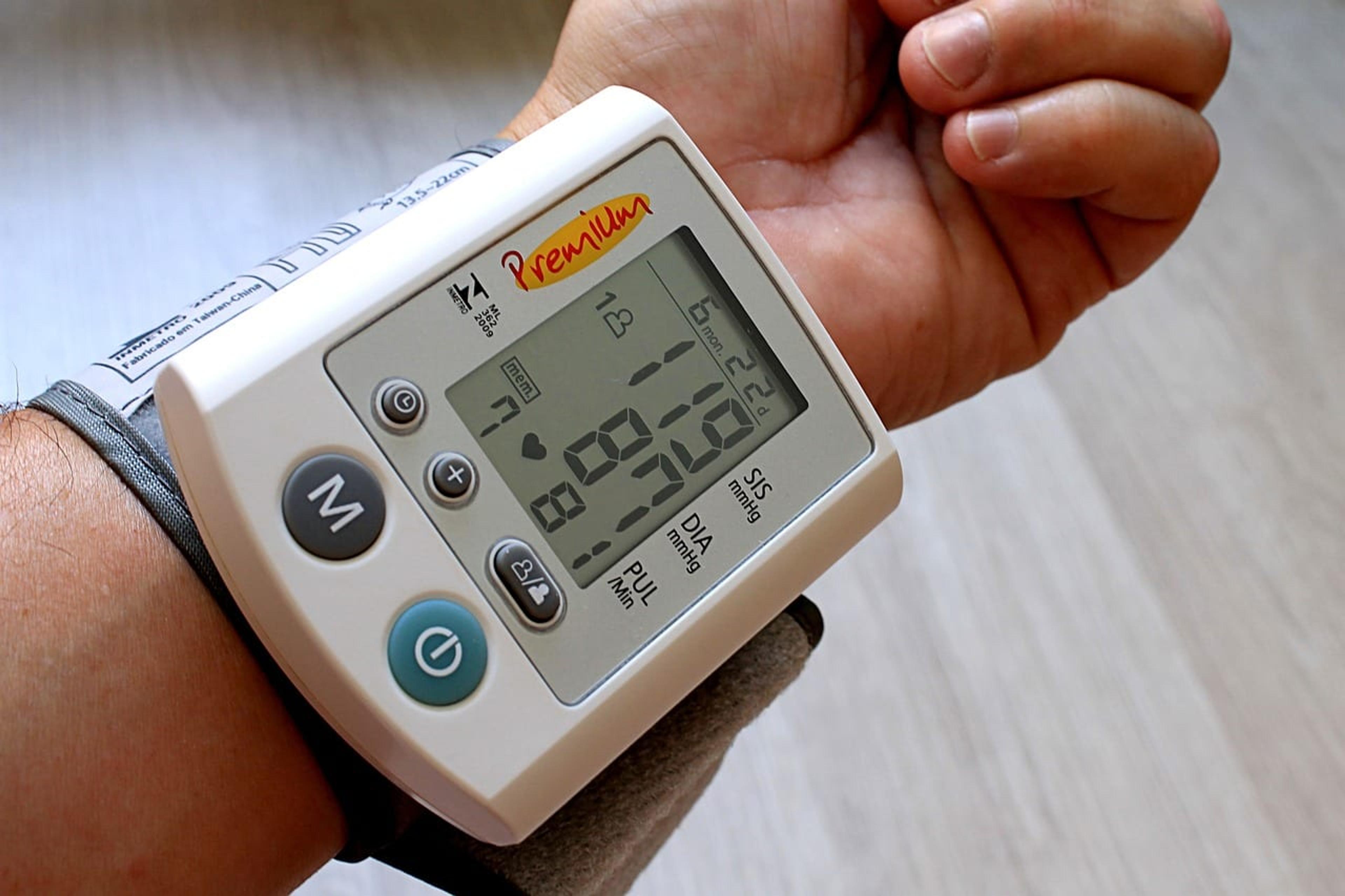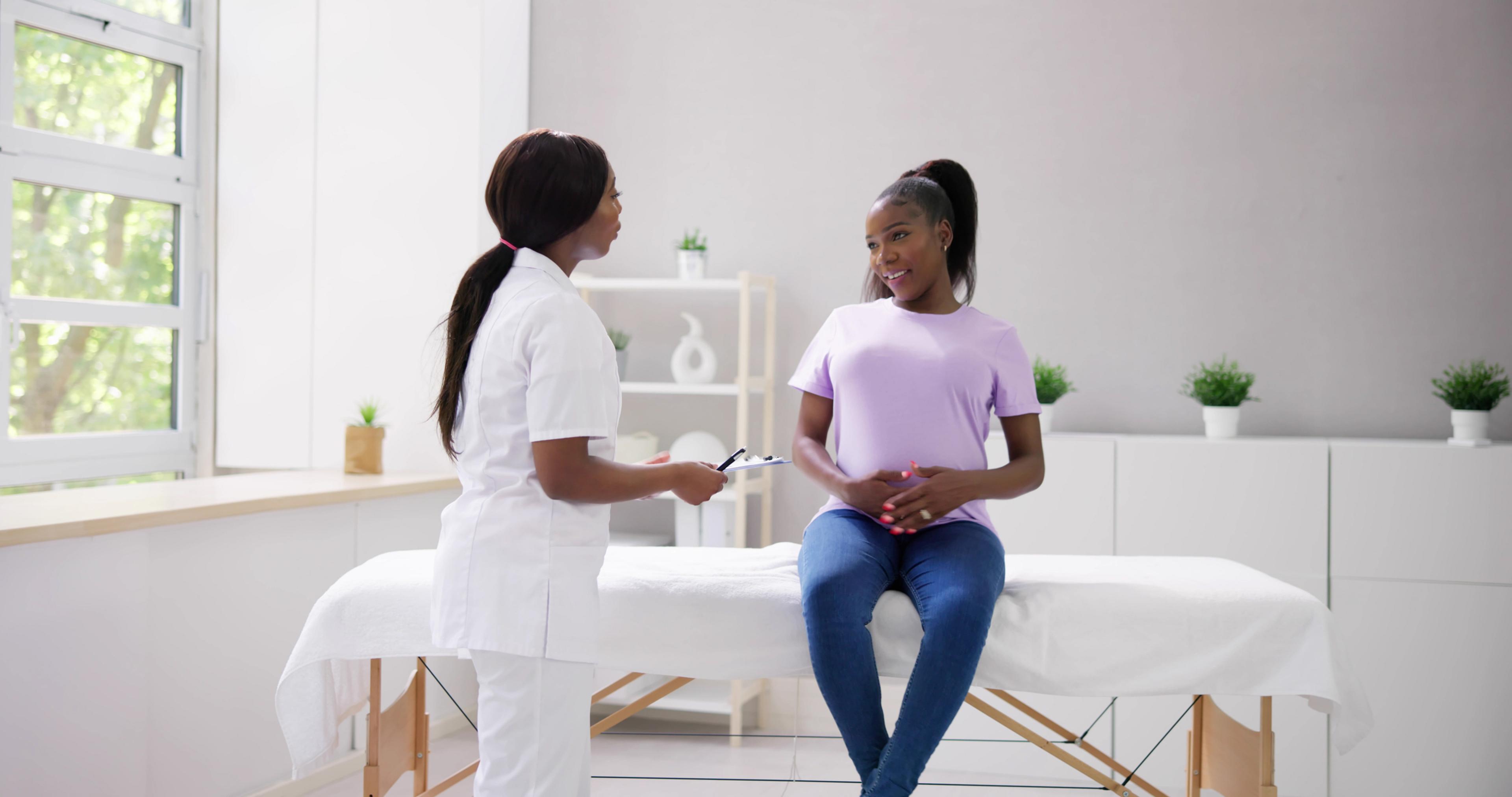Hypertension vs. Hypotension: The Highs and Lows of Blood Pressure
bcbsm
| 4 min read

Nearly 47% of American adults have hypertension, according to the Centers for Disease Control and Prevention.
People living in the Eastern, Southeastern, and Southern United States are primarily affected by hypertension. Keeping an eye on your blood pressure level is very important for healthy heart and organ function. If not properly monitored and maintained, high or low blood pressure levels can lead to an assortment of health risks.
To fully understand how blood pressure impacts your health, it’s important to learn the causes and symptoms of hypertension versus hypotension during National High Blood Pressure Month and beyond.
Defining Hypertension and its Symptoms
Definition: Hypertension is defined as a systolic blood pressure greater than 130 mmHg or a diastolic blood pressure greater than 80 mmHg. Hypertension is when too much blood is being pumped into your arteries, which can cause life-threatening conditions like heart disease and stroke. Hypertension is the most common cardiovascular disease, impacting nearly 75 million American adults or one in every three American adults.
However, people often don’t realize they have hypertension because it rarely shows symptoms. High blood pressure is common in individuals who are African-American, older than 55, overweight, inactive, heavy alcohol drinkers, and/or smokers. You can be proactive in monitoring your blood pressure by understanding whether high blood pressure, heart disease, or diabetes runs in your family.
You should also look out for:
- Severe headaches
- Fatigue or confusion
- Vision problems
- Chest pain
- Difficulty breathing
- Irregular heartbeat
- Blood in the urine
- Pounding in your chest, neck, or ears
Hypertension increases the risk of developing other chronic conditions including high cholesterol, type 2 diabetes, coronary artery disease, stroke, and heart failure.
Not only does it increase your risk of developing other chronic conditions, but that risk also increases with age starting among young adults. In fact, in 2016, 6% of millennials ages 18-34 were diagnosed with hypertension, which is a 19% growth rate from 2014. To treat hypertension, consider a few lifestyle changes including maintaining a diet low in sodium, exercising regularly, and limiting caffeine consumption.
Defining Hypotension and its Symptoms
Definition: Blood pressure reading of 90/60 or lower. Hypotension, or low blood pressure, means blood is not fully flowing to your brain, arteries, and organs.
Chronic low blood pressure without symptoms is almost never cause for concern, unless blood pressure drops suddenly, and the brain is deprived of adequate blood supply. This can lead to dizziness or lightheadedness. Other symptoms include:
- Unsteadiness
- Dimming or blurring of vision
- Weakness
- Fatigue
- Nausea
- Cold, clammy skin
- Fainting
- Pale skin
While it isn’t entirely clear what causes low blood pressure, it may be associated with age, pregnancy, hormonal problems (hypothyroidism, diabetes, and low blood sugar), some over the counter/prescription medications, heart failure or arrhythmias, widening of blood vessels, heat exhaustion, heat stroke, or liver disease.
To combat hypotension, there are a few options including eating a diet higher in salt, staying hydrated with nonalcoholic beverages, and exercising regularly.
Blood Pressure Monitoring Tips
In order to monitor your blood pressure level, you need to run regular tests. This could include visiting your doctor’s office, a retail health clinic, or purchasing an at-home monitor. If you’re planning to monitor your blood pressure at home, remember these things:
- Avoid certain habits: Don’t smoke, drink caffeinated beverages, or exercise 30 minutes before measuring your blood pressure.
- Proper posture: For the most adequate reading, sit with your back straight and supported, keeping your feet flat on the floor and arm supported on a flat surface. Reference your monitor’s guide to ensure proper placement on your arm.
- Quantity is key: Each time you measure, you should take multiple readings and record the result to ensure accuracy and consistency.
- Run daily tests: It’s important to take the readings at close to the same time each day. For example, if you typically take the tests in the morning, you wouldn’t want to switch to the evenings on any given day. Consult your doctor regarding the frequency of testing after you’ve changed treatment or before your next appointment.
- Don’t take measurements over clothes: Placing the monitor over clothing will not provide the most accurate results and therefore provide misinformation.
Looking for more information? You may also be interested in these blogs:
- The Easiest Way to Stay On Top of Your Diabetes
- On Top of Your Heart Health? Ask These Questions to Find Out
- Five Reasons to Complete a Health Assessment
Photo credit: Gadini





